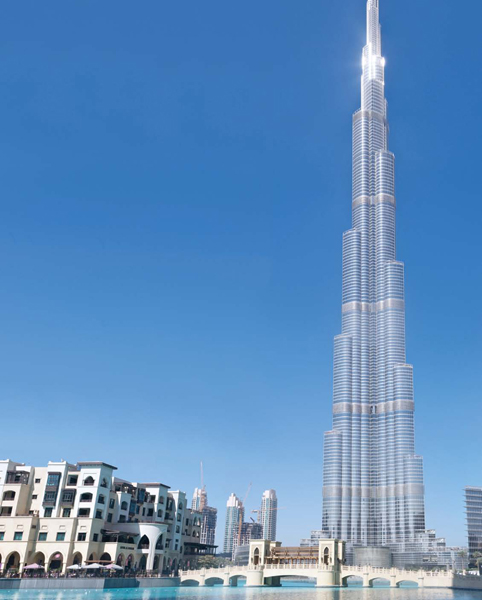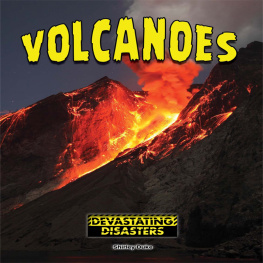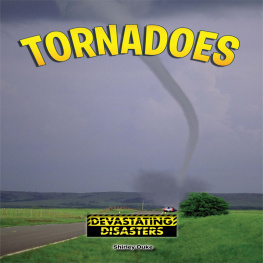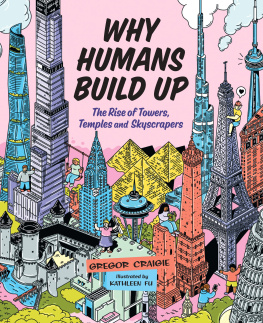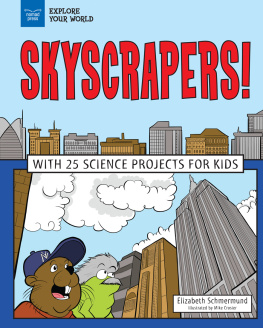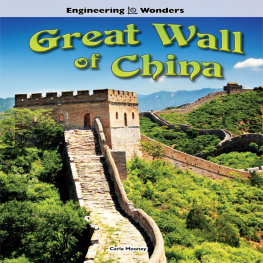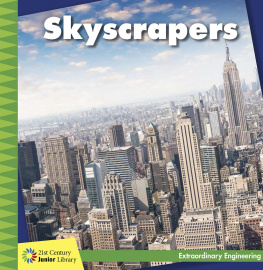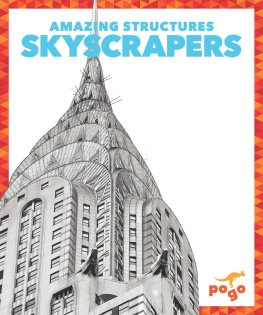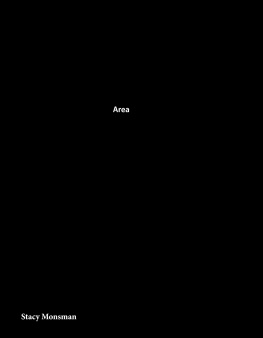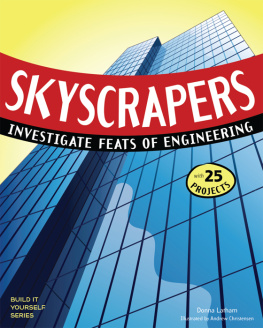Table of Contents
Guide
Skyscrapers and Towers
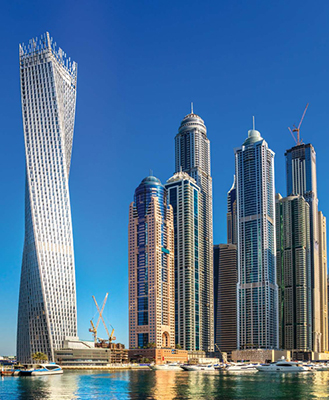
Shirley Duke

rourkeeducationalmedia.com | 
Scan for Related Titles
and Teacher Resources |
Before & After
Reading Activities | Level: T Word Count: 2,698 Words 100th word: churches |
Before Reading:
Building Academic Vocabulary and Background Knowledge
Before reading a book, it is important to tap into what your child or students already know about the topic. This will help them develop their vocabulary, increase their reading comprehension, and make connections across the curriculum.
Look at the cover of the book. What will this book be about?
What do you already know about the topic?
Lets study the Table of Contents. What will you learn about in the books chapters?
What would you like to learn about this topic? Do you think you might learn about it from this book? Why or why not?
Use a reading journal to write about your knowledge of this topic. Record what you already know about the topic and what you hope to learn about the topic.
Read the book.
In your reading journal, record what you learned about the topic and your response to the book.
After reading the book complete the activities below.
Content Area Vocabulary
Read the list. What do these words mean?
bedrock
counterweight
debris
deformation
footings
innovate
parapet
rebar
shear
structural supports
structurally sound
substructure
sustainable
torsion
After Reading:
Comprehension and Extension Activity
After reading the book, work on the following questions with your child or students in order to check their level of reading comprehension and content mastery.
Why is a strong foundation important when building a skyscraper? (Summarize)
What natural elements are considered when building a skyscraper or tower? (Asking questions)
Have you ever been in a skyscraper? What was it like? (Text to self connection)
Explain why the outside walls can be made of fragile materials such as glass. (Infer)
How are skyscrapers today different from ancient buildings? (Summarize)
Extension Activity
Engineers carefully plan building skyscrapers to ensure the safety of people during natural forces such as earthquakes. Using a variety of materials such as marshmallows, toothpicks, Popsicle sticks, glue, or Legos, create a skyscraper. Think about important parts of constructing a skyscraper, including a strong base and a core. Build a skyscraper and test how it would hold up during an earthquake. Place the structure on a board and shake it. What happened? What parts of the building stayed together? What changes could you make?
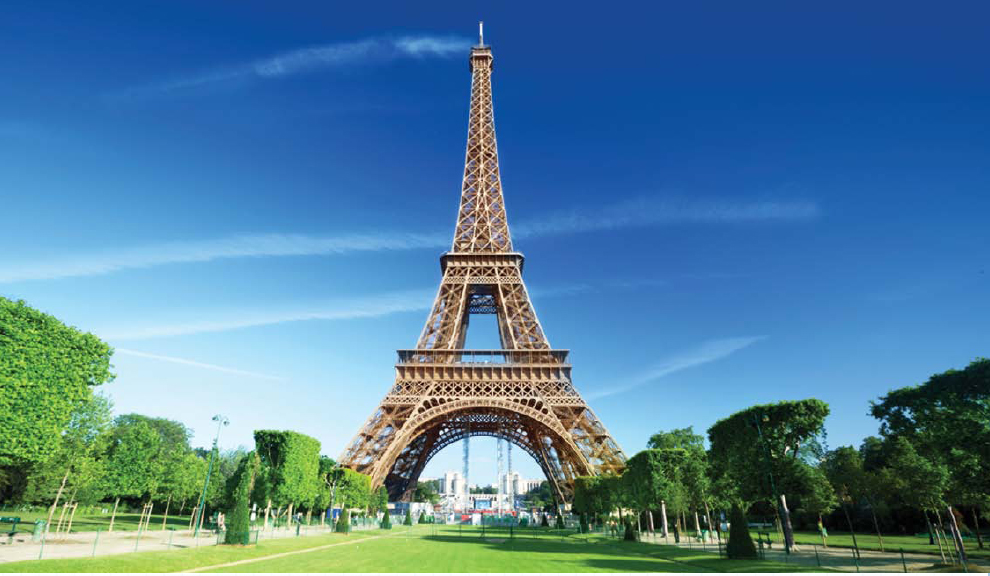
The Eiffel Tower is 1,063 feet (324 meters) tall, including the antenna at the top.
Tall Treasures
L ook at a picture of any city. Can you tell where it is by the structures that you see?
The Empire State Building stands tall against New York Citys skyline. The Eiffel Tower rises above Paris, France. The tilt of the Leaning Tower of Pisa is famous in Italy.
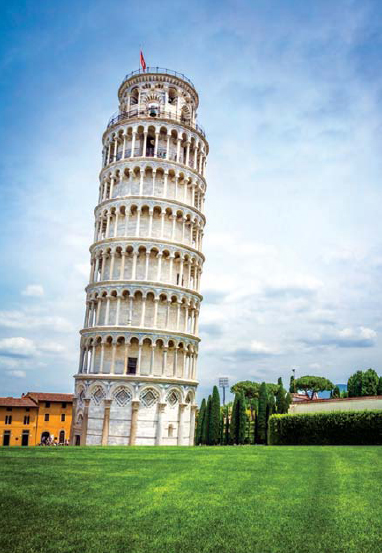
The Leaning Tower of Pisa is now considered to be a work of art. It took nearly two centuries to be completed.
Extremely tall buildings are called skyscrapers because their height makes them appear to reach to the sky.
Towers are not buildings. Buildings have floors with homes or offices in them. A tower is a tall, narrow structure that can be part of a building or stand alone. Bell housings on churches are an example of a tower.
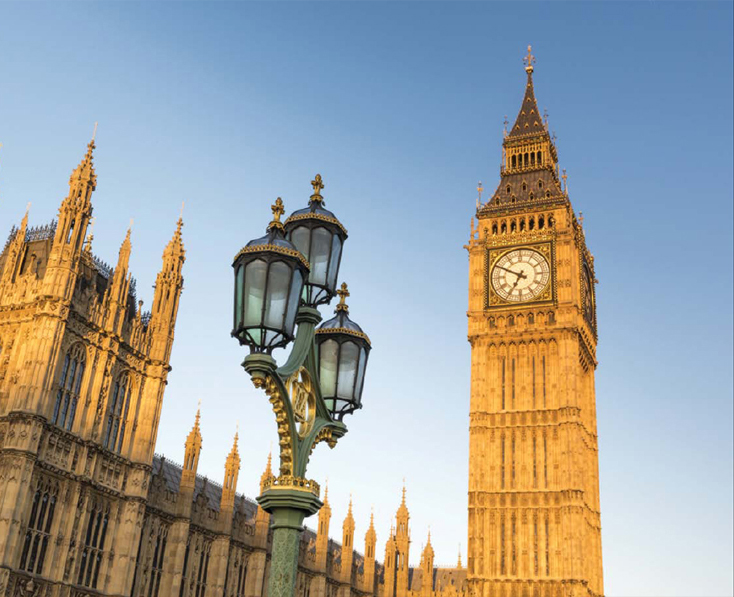
Big Ben is the nickname for the Great Bell of the clock in the tower at the Palace of Westminster in London. It first chimed on May 31, 1859.
Engineers use technology to develop, , and create new things, including buildings. They also look for ways to improve technology. Architects design buildings and towers. They draw the plans for buildings and towers and oversee their construction.
Towers have existed for thousands of years. The 11,000-year-old Tower of Jericho, at 38 feet (8.5 meters) tall, is thought to be the first skyscraper in the world. It was built with stone and mud. The ancient Egyptians built the first towers as pyramids. The pyramids were built of solid stone as tombs for their pharaohs.
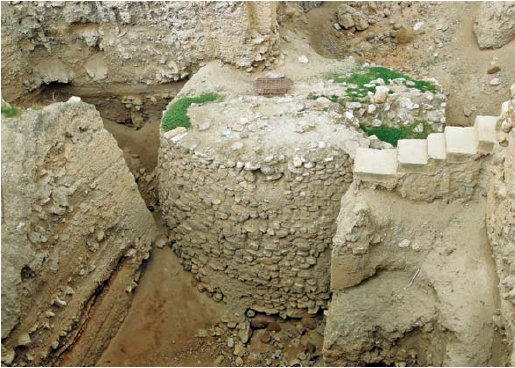
Located in the West Bank, the Tower of Jericho is one of the earliest stone monuments in history.
Brain Builder!
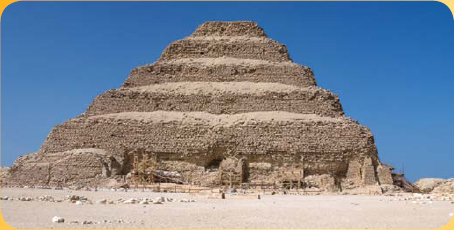
Pharaoh Djosers tomb was the first pyramid, near modern Cairo, Egypt. It is called the Step Pyramid.
Imhotep was the founder of Egyptian architecture. He was also a scribe, writer, priest, and doctor. He served as Pharaoh Djosers advisor and designed the Step Pyramid.
The early buildings and towers were limited by building materials. Stone is heavy, and its hard to get stone structures very high before they collapse under their own weight. Building techniques improved, but stairs higher than five stories were a problem.
Brain Builder!
Flying buttresses in the 1100s supported the roofs of Gothic churches so glass could be used in the walls. An arch attached to the building at the roof led the weight away from the building to a column of stone, which supported the weight. Notre Dame in Paris is a church that uses flying buttresses for support.

Notre Dame, in Paris, has endured destruction and subsequent restoration in many periods. However, much of the facade and interior still are true to the original designs.
Modern skyscrapers are quite different from early structures. They are no longer built of solid stone or mud bricks. The best design and engineering techniques available are used to construct new skyscrapers and towers. Elevators make taking a trip to the top a short, simple ride.
Buildings continue to exceed extraordinary heights. Currently, the tallest building in the world is the Burj Khalifa in Dubai, United Arab Emirates (UAE).
